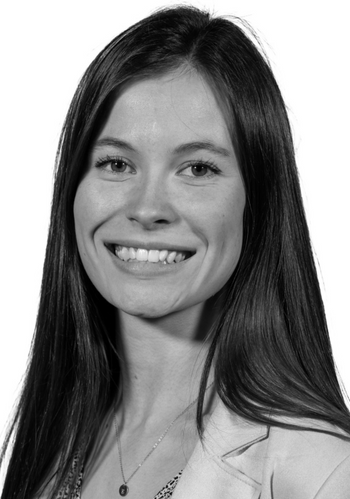Researchers develop 'shockwave formula' for moderators to regulate 'hateful' social media content, online messages
Researchers at George Washington University used 'nonlinear fluid physics' to develop a theory on the 'shockwavelike' effect of online hate speech.
This novel theory could be used to regulate so-called 'hateful content' not just on the web, but in messaging apps, blockchain, and AI.
Earlier this month, a research team at George Washington University (GW) used
“nonlinear fluid physics” to develop a theory on the effect of online hate speech over time.
The theory was published by the American Physical Society (APS) in an article entitled “Shockwavelike Behavior across Social Media.”
“Researchers hope the formula can serve as a tool for moderators to project the shockwave-like spread of hateful content and develop methods to delay, divert, and prevent it from spiraling out of control,” a press release from the media relations department at GW stated.
Not only could the ‘shockwave’ formula serve as a tool to regulate hateful content on the web, it also can help regulate conversations during online messaging, the press release continued. “The novel theory could also be applied beyond social media platforms and online message boards, potentially powering moderation strategies on blockchain platforms, generative AI, and the metaverse,” it said.
“[S]hockwavelike solutions explain how, why, and when such activity rises from ‘out-of-nowhere,’ and show how it can be delayed, reshaped, and even prevented by adjusting the online collective chemistry,” the abstract of the article reads.
[RELATED: 2023 Outlook: Bias reporting systems continue to infringe 1A rights]
According to Neil Johnson, a physics professor at George Washington University and co-author of the study, the “shockwave” formula is a new science and a new form of so-called “shockwave physics.”
“This study presents the missing science of how harms thrive online and, hence, how they can be overcome,” said Johnson.
Campus Reform reached out to George Washington University, Neil Johnson, and the American Physical Society for comment. This article will be updated accordingly.
Follow the author on Twitter: emily_fowler18

